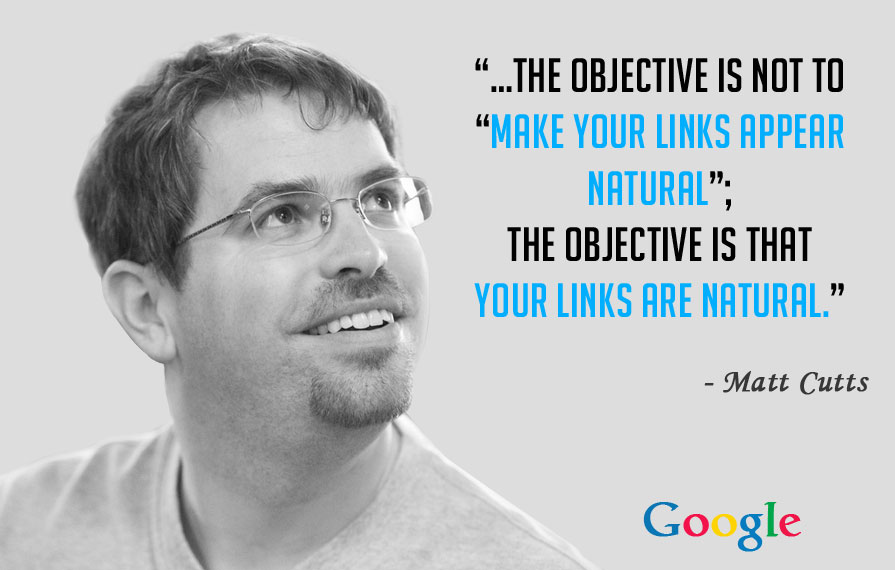In today’s world, having a dominant online presence is vital to your business success, and there’s no better way to accomplish that other than implementing search engine optimization techniques that magnify your website’s online visibility. There’s no dearth of SEO strategies that boost search engine rankings, however, in this article, we will discuss one of the most easy-to-deploy techniques, commonly known as Internal Linking.
Natural Relevant Links

What Is Internal Linking and Why Is it So Important?
From an SEO perspective, internal linking basically abet two important purposes. Internal linking, firstly, aids the process through which search engines detect pages on a website. Secondly, internal linking strengthens a website’s search-optimized quality, by facilitating a strongly-knit network for posts and pages, providing clearer paths for the spiders, and by supporting prolonged visitor sessions, which increases the user engagement.
All this sounds good, but how do you get it done? Let’s check out. Here are some top SEO-focused techniques that will surely improve your internal linking capabilities.
Create Plenty of Quality Content
In order to implement a solid internal linking strategy, you will need an equally robust content marketing strategy in place. Content marketing and internal linking are closely related, where one can’t breathe without the other. Simply put, when your website has plenty of content, you can strategically plant several links to connect them. This essentially means stronger links to more engaging and enjoyable places, which, in turn, bolsters your internal linking tactics. It is important to keep in mind that internal linking isn’t about complex layers, algorithmically-balanced formulas, or silos. In fact, lesser the tiers, silos, and cycles, the better it is.

Using Anchor Text
For internal linking, anchor text is a much better option as opposed to linking images. Precise use of anchor text helps in creating crucial inroads into the realms of SEO. Just make use of unoptimized and natural sentence parts as your anchor text. No overthinking. No cunning stunts. Just link it, highlight it, and you’ll do just fine. It’s that simple!
Embed Natural Links
Internal linking necessitates a user-centric approach that unites information and value. The merit of links is directly related to a website’s overall experience. When users come across informative and factual links that match their expectations, they are most likely to click on them. More clicks mean more user engagement, which naturally extends the visitor’s stay on the website.
Always Incorporate Relevant Links
Internal linking is more scientific and less critical. There’s just one thing to keep in mind – don’t link only for the sake of linking. Rather, stick to linking content that is correlated to the root context. For instance, if you have a web page about dog food, you should link something relevant like – ‘best practices to take care of your dog’ – instead of linking pages that talk about beekeeping or parakeet nesting. Incorporating relevant links heightens user experience and engagement, which lengthen their on-site stays.
Consistent internal linking is a classic way of notifying the search engines that your target links are so informative and relevant that visitors want to engage more with the content. This conveys a strong and clear signal to the search engines, which, eventually, uplifts your website’s search page rankings.
